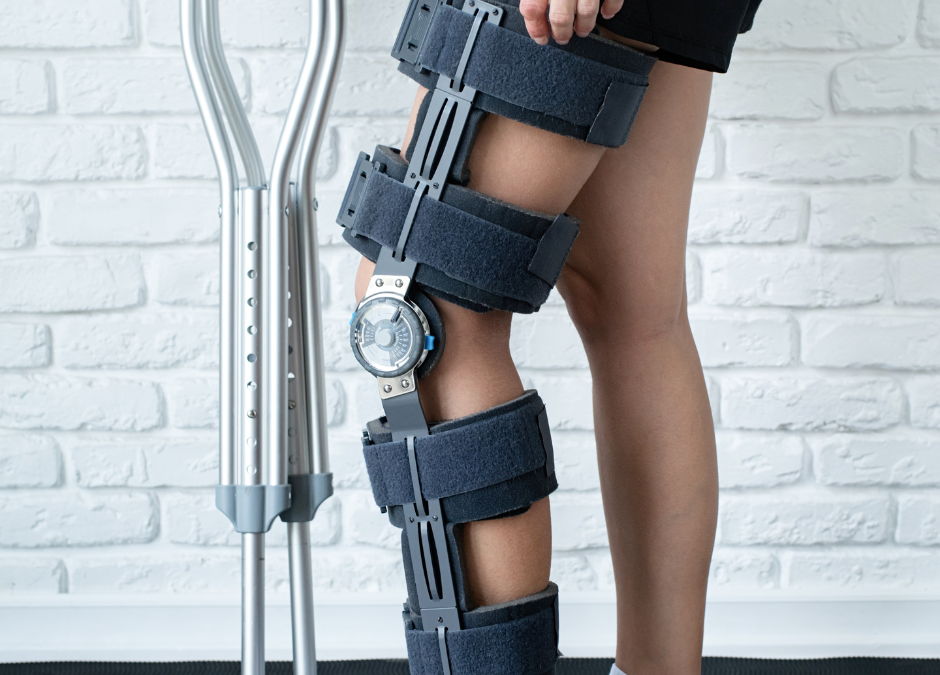Anterior cruciate ligament (ACL) injuries are among the most common and challenging injuries for athletes. Whether sustained during a pivot on the basketball court or a sudden stop on the soccer field, an ACL tear often requires surgical reconstruction and months of rehabilitation. For athletes eager to return to their sport, a structured return-to-sport protocol is essential—not only to ensure optimal performance but also to minimize the risk of re-injury.
Understanding ACL Rehabilitation
ACL reconstruction is just the beginning of the recovery journey. Rehabilitation focuses on restoring range of motion, strength, proprioception, and neuromuscular control. However, simply achieving these milestones does not guarantee readiness to return to competitive sports. Studies show that athletes who return to sport prematurely face a significantly higher risk of re-injury, with some estimates suggesting re-tear rates as high as 20-30% in younger populations.
Why a Protocol Matters
A return-to-sport protocol serves as a roadmap, guiding athletes through the final stages of recovery. It involves a series of objective tests and assessments to determine whether an athlete is physically and mentally prepared to resume their sport. Here are key reasons why such a protocol is indispensable:
- Objective Decision-Making A well-designed protocol removes subjectivity from the decision-making process. Relying solely on an athlete’s self-reported readiness or a specific timeline post-surgery can lead to premature returns. Instead, a protocol uses measurable benchmarks—such as strength symmetry, agility tests, and hop performance—to ensure an athlete is genuinely ready.
- Reducing Re-Injury Risk Returning to sport without adequate strength or neuromuscular control places undue stress on the reconstructed ACL and surrounding structures. Protocols emphasizing achieving at least 90% strength symmetry between legs and passing functional tests significantly lower the risk of re-injury.
- Psychological Readiness The mental aspect of recovery is often overlooked but equally important. Fear of re-injury can hinder performance and increase injury risk. Many protocols incorporate psychological assessments or return-to-sport questionnaires to address this critical component.
- Individualized Progression Every athlete heals at their own pace. A return-to-sport protocol allows for individualized progression, ensuring that athletes meet key criteria before advancing to higher activity levels. This tailored approach reduces the likelihood of setbacks and supports long-term success.
Components of a Comprehensive Protocol
A robust return-to-sport protocol typically includes:
- Strength Testing: Countermovement jumps on force plates and functional strength testing to ensure symmetry between limbs.
- Functional Movement Assessments: Single-leg hop tests, Y-balance tests, and other measures of dynamic stability.
- Agility Drills: Sport-specific movements to assess readiness for dynamic actions like cutting, pivoting, and jumping.
- Psychological Screening: Tools such as the ACL-Return to Sport after Injury (ACL-RSI) scale to gauge mental readiness.
- Gradual Reintroduction: Controlled and progressive exposure to sport-specific activities under the supervision of medical and training staff.
Conclusion
Returning to sport after ACL reconstruction is a complex process that requires careful planning and assessment. A structured return-to-sport protocol is not just a set of guidelines; it is a safeguard against re-injury and a foundation for long-term athletic success. For athletes, coaches, and medical teams, adhering to such a protocol is a commitment to health, performance, and longevity in the sport they love.
By prioritizing a systematic approach, athletes can confidently step back onto the field or court, knowing they are truly ready to perform at their best.

